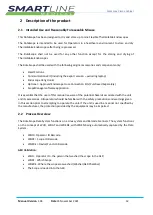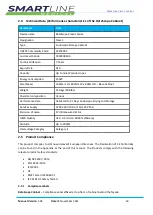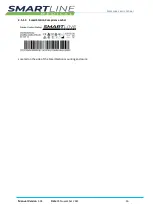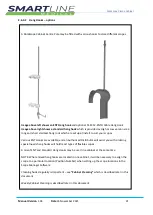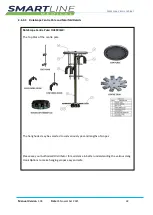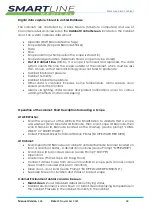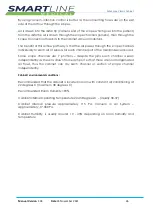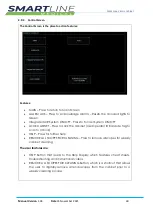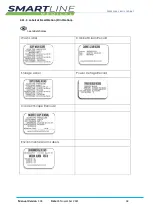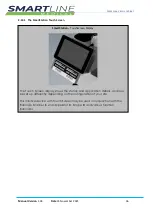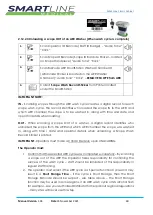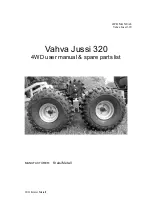
RotaScope Classic Cabinet
Manual Version
1.04
Date
23 November 2021
26
By using vacuum, infection control is better, as the connecting hoses are on the exit
side of the air flow through the scopes.
Air is drawn into the distal tip (camera end of the scope which goes into the patient)
from the distal tip air is drawn through the scope channels (lumens), then through the
Scope Connection Hose Kits to the cabinet vacuum manifold.
The benefit of this airflow pathway is that the air passes through the scope channels
individually to each set of sensors for each channel port of the manifold sensor board.
Some scope channels are Y junctions
–
despite the joins each channel is seen
independently as the air is drawn from each port so that there are no amalgamated
air flows, thus the cabinet can dry each channel or section of scope channel
independently.
Cabinet/environmental conditions:
Recommended that the cabinet is located in room with constant air conditioning at
22 degrees C (maximum 38 degrees C)
Recommended Room Humidity <90%
Cabinet Internal Operating Temperature 22-45 Degrees C
–
(Usually 30-37)
Cabinet internal pressure approximately +15 Pa, Vacuum in Air System
–
approximately -17,000 Pa.
Cabinet Humidity is usually around 10 - 45% depending on room humidity and
temperature.

